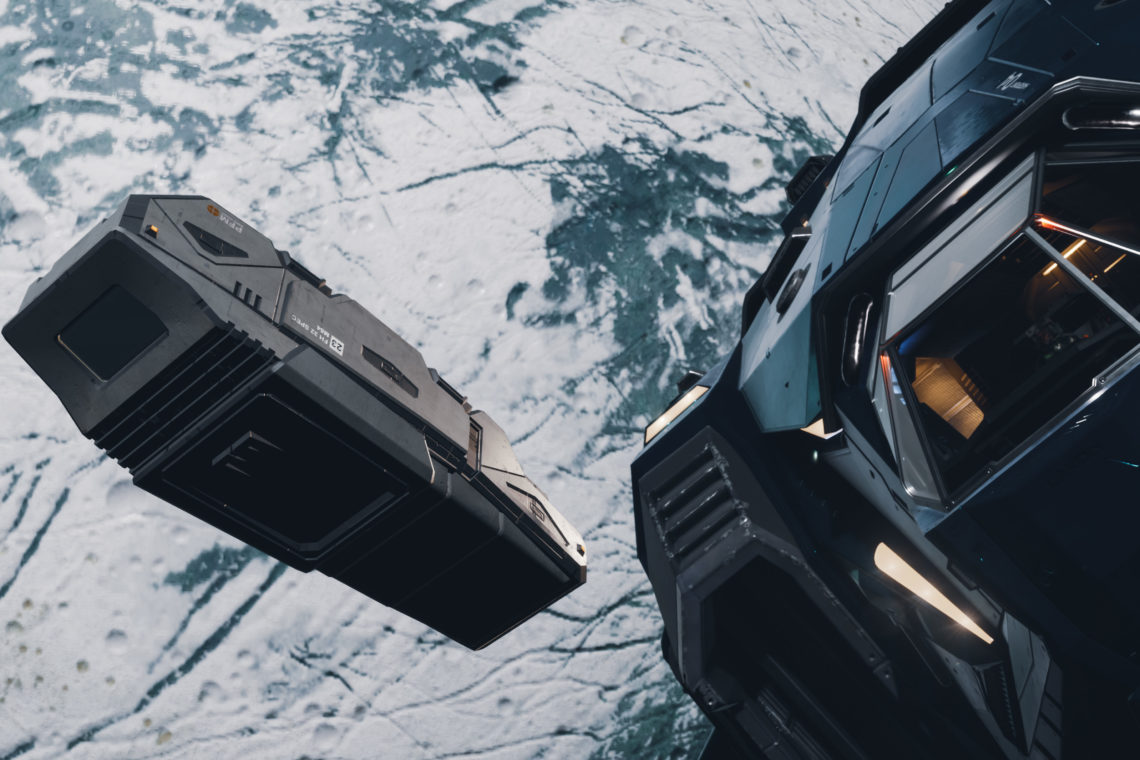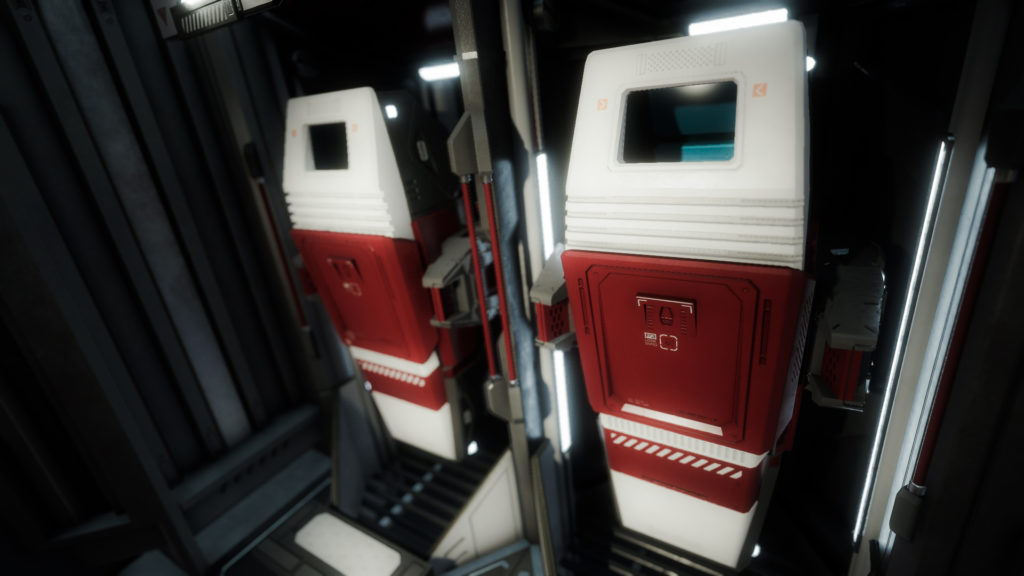The primary role of a Medicorp rescuer, their foremost mission above all else, is to search for, retrieve, and return evacuation pods to save lives. Evacuation pods, also known as Escape Pods, can be found in various locations and situations. The Medicorp gameplays page offers a variety of approaches and missions related to these pods.
Once retrieved, the pods must be delivered to the rescue operations agents (via the contact menu at the station). However, Medicorp rescuers are encouraged to return the pods only in authorized systems.
Escape Pods
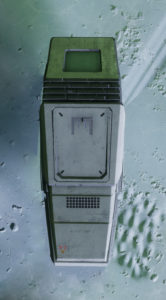
These pods are made from composite materials designed to withstand extreme temperatures, whether in space or on planetary surfaces. Their systems are self-sufficient, capable of sustaining a pilot’s life for an extended period in a deep stasis state.
Completely airtight, a pod protects its occupant from the vacuum of space as well as from corrosive environments created by the Thargoids.
The survival system’s complexity is such that not even an experienced rescuer can open a pod. This requires a specific protocol, specialized tools, and a suitable environment. That is why the mission of a rescuer is to locate, retrieve, and hand over the pods to the Rescue Operations Agents at the station (contact tab). These agents coordinate with teams trained and equipped to handle opening the pods and reviving survivors from stasis. Medicorp teams are qualified for this task, but only within authorized systems.
Financial Compensation
A special aid fund, managed by major galactic insurance companies, compensates rescuers for each pod handed over to a station’s rescue operations agent. This fund was established to encourage pilots to retrieve pods since, to date, the Pilots Federation has not legally mandated the recovery of pods upon discovery. Due to social and political pressure, a fund has been set up with a standard galactic rate: 2,900 Credits for unoccupied pods, 16,000 Credits for damaged pods, 28,000 Credits for pods with a living occupant, and 150,000 Credits for Thargoid bio-containment pods.
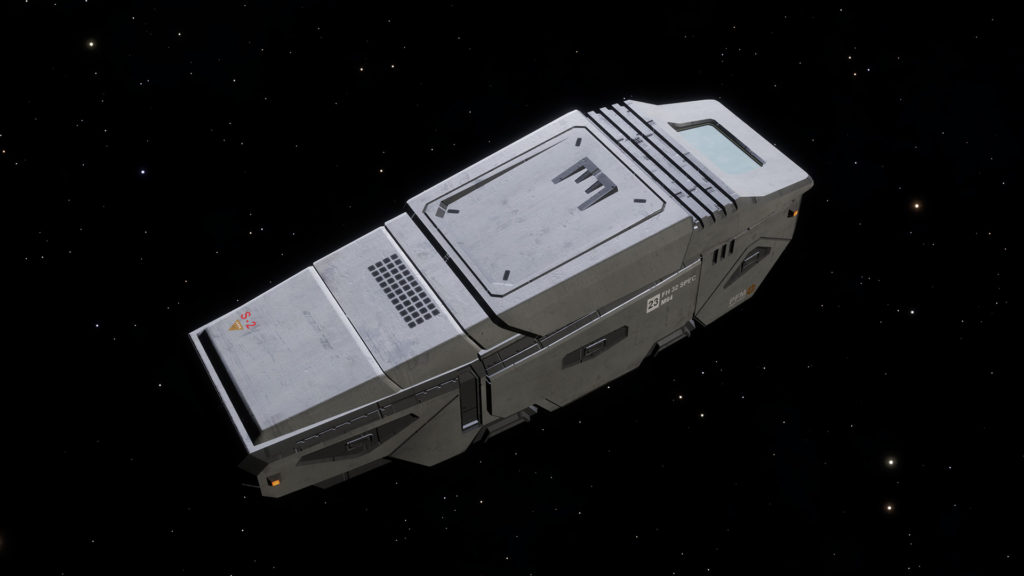
1/ Stasis Induction Process
After the ejection of the escape pod, the pilot is quickly immersed in a complex medical stasis process. This critical phase aims to preserve the pilot’s health during space travel and maximize their chances of survival.
Pharmacological Induction
The stasis induction begins with the administration of a complex pharmacological mix, including sedatives such as SynthiGen and metabolic inhibitors like Metabex. These drugs are meticulously dosed to slow down vital body functions while maintaining structural integrity.
Controlled Cryogenics
Simultaneously, a specially formulated cryoprotectant, BioGenesis-5, is introduced to shield the cells from the extreme cold of cryostasis. Once the pilot is pharmacologically prepared, the cryogenic process begins. The pod’s systems gradually lower the internal temperature, plunging the pilot into a deep stasis state. This crucial step ensures maximum preservation of body tissues and reduces the risk of cellular damage during extended stasis.
Cerebral and Neurochemical Functioning
During stasis, the pilot’s brain function is reduced to a minimal level to conserve energy and preserve resources. Neurotransmitters such as serotonin and dopamine are inhibited, inducing a state of deep sleep. Blood flow to the brain is also reduced, thus limiting neural activity and decreasing metabolic demands. This reduction in brain activity is accompanied by a decrease in electrical activity, measured by an electroencephalogram (EEG), which records a progressive decline in brain waves to a state of near-inactivity.
Continuous Monitoring and Data Logging
Throughout the duration of stasis, the capsule’s advanced computer systems monitor the pilot’s vital parameters in real-time. Body temperature, blood pressure, heart rate, electrolyte levels, and other vital signs are recorded in a detailed medical manifest.
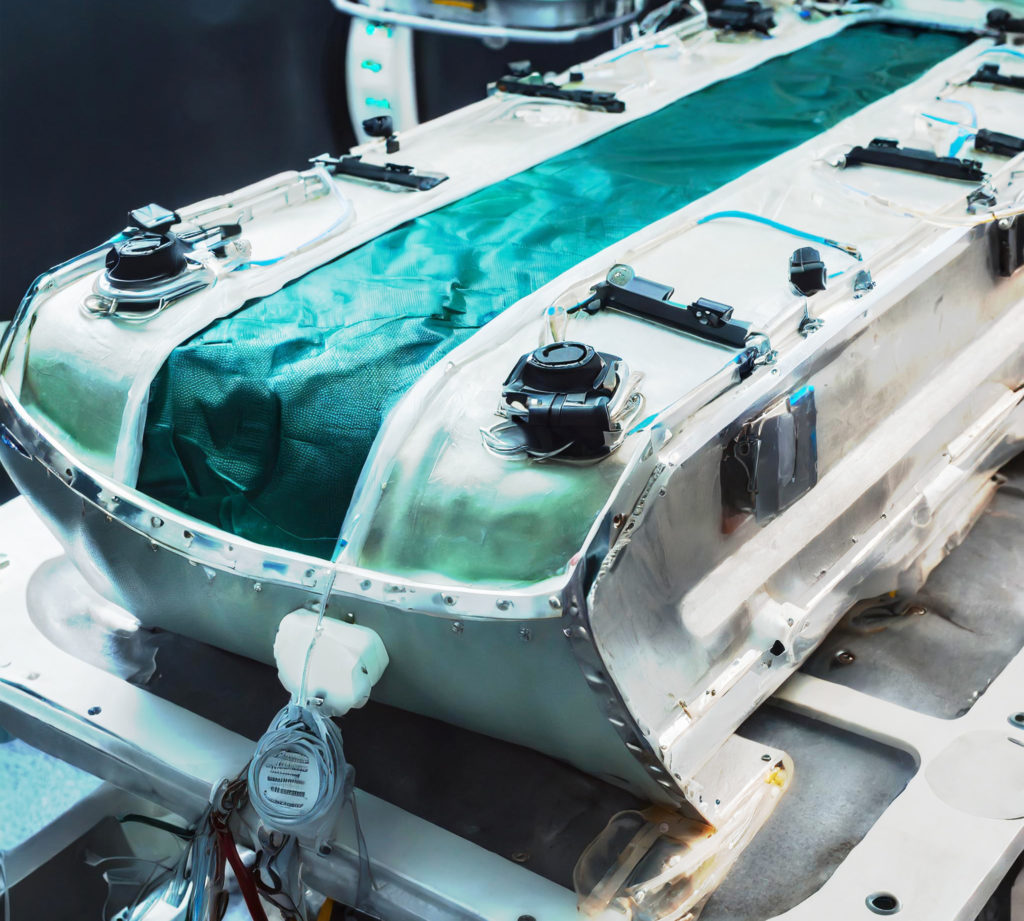
View of the Lower Interior of a Pod Once the Outer Protective Shell Is Removed
2/ Stasis Exit Protocol
When a pod is transferred to the MediCorp medical teams aboard their vessels, a precise and meticulous process is implemented to ensure a safe transition to the wakeful state. This protocol, designed to maximize recovery and minimize health risks, incorporates a unique innovation: the use of MediCorp’s exclusive drug, RégenXcel.
Gradual Reactivation
The exit from stasis begins with a gradual reactivation of bodily functions. External monitors connected to the pod closely watch the subject’s vital signs, including body temperature, blood pressure, and blood oxygen levels. MediCorp doctors oversee this process, adjusting the awakening parameters based on the subject’s health condition.
Administration of RégenXcel
To facilitate the transition to the wakeful state, RégenXcel is administered in a controlled manner. This revolutionary drug, developed by MediCorp, speeds up the recovery process by stimulating cellular regeneration mechanisms. Thanks to its unique properties, RégenXcel maximizes the chances of successful recovery and speeds up the subject’s recuperation.
Physical and Mental Rehabilitation
Once the subject is fully awake, a physical and mental rehabilitation program is initiated to promote complete recovery. Sessions of light exercise, physiotherapy, and cognitive rehabilitation are prescribed to restore muscle strength, coordination, and mental clarity. Medical specialists are available to provide personalized support and guidance throughout the rehabilitation process.
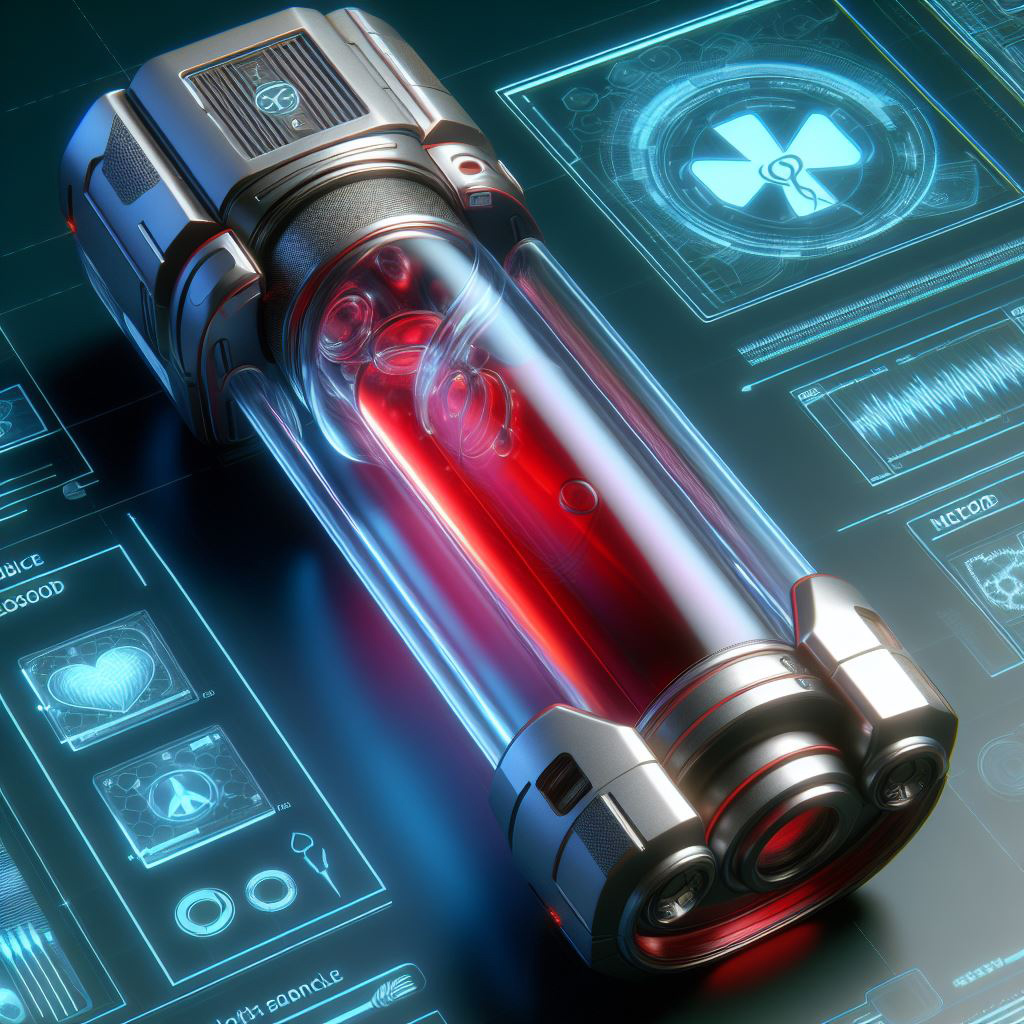
Types of Pods
As a rule, Medicorp rescuers do not select which types of pods to save and always attempt to retrieve all. Several types of pods can be found:
Occupied Escape Pods: A pod whose self-sufficient stasis maintenance systems are fully operational. These systems provide the occupant with air and basic nutritional supplements. The pods are airtight, resistant to high pressures, extreme temperatures, impacts, and toxic environments.
Damaged Escape Pods: The systems of this rescue capsule have been damaged and will fail at the time indicated in the briefing interface. After this period, the system will no longer be able to sustain the occupant’s life. Rescuers may not always know if the allotted time has elapsed or not, making these pods a priority due to precautionary principles.
Unoccupied Escape Pods: An evacuation pod dropped empty for an unknown reason. It can still be handed over to rescue operation agents for recycling. The aid fund covers the recovery of this type of pod, typically rewarding around 2,900 Credits.
Fleet Carrier Pods: These functional pods are “visitable” on Fleet Carriers. Medicorp has received authorization for their inspection, and Medicorp rescuers may, if they wish, test the system in “control” mode to validate the proper functioning of the pods. See the “Control and Prevention Missions” gameplay on this page.
Thargoid Bio-storage capsules: These pods have been captured by the Thargoids (notably Scythe hunters) and have undergone transformation during their retention in Thargoid Titans. The transformation process and its purpose remain completely unknown. Is it to modify the pod to adapt it for extended exposure in a highly corrosive environment? Is it a pod created by the Thargoids into which the occupant is transferred? Is it an environment aimed at genetically modifying the occupants? Numerous theories exist, but no scientific study has yet been validated by galactic authorities. Due to their exceptional nature and the typology of these pods: they cannot be handed over to the rescue operation agents at stations. These pods must be delivered aboard Rescue Ships where a specific protocol and quarantine under the authority of the Pilots Federation are applied. The fund covers the recovery of bio-storage capsuless up to approximately 150,000 Credits.
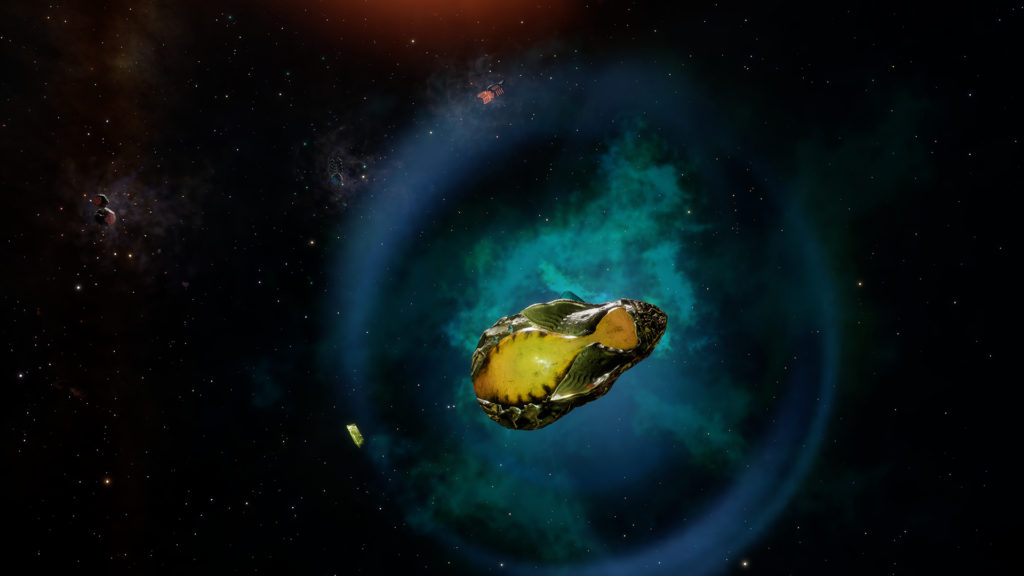
Location and Recovery
The recovery of pods can be conducted in three ways: on planetary surfaces via SRV, manually in space, or using recovery drones. As a precaution, Medicorp guidelines advise rescuers to primarily use drones when the ship is equipped, to minimize the risk of damage during recovery.
Pods can be found in various locations:
| Localisation | Probability of Finding Pods |
| Generic unknown signal sources (space) | Low |
| Degraded Emissions – USS * (space) | Medium |
| Points of Interest * | Medium |
| Salvageable wreck * | Medium |
| Power Wreckage Signature | High |
| Surface sites | Low |
| From the cargo holds of damaged Megaships (list) * | Allways |
| Non-human signal sources (Thargoids) * | Medium |
| During the destruction of non-player ships (without Conflict zones) | High |
| Attacked stations (Thargoid zones) | Very high |
| Bio-storage capsuless in Thargoid Titans | Allways |
Gallery




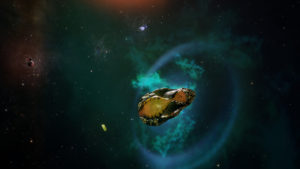
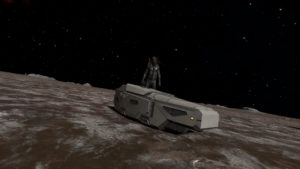
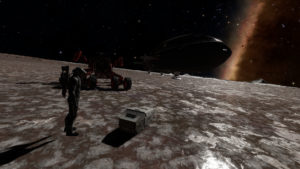
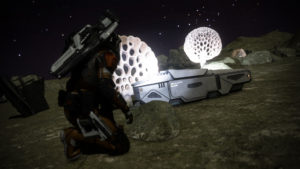
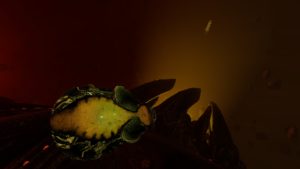
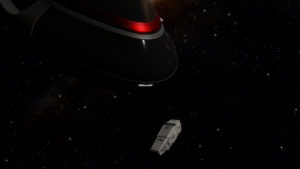

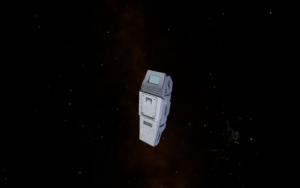
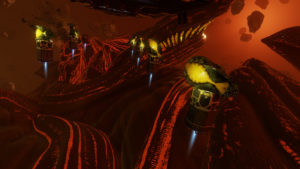
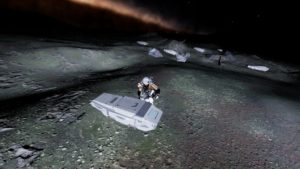
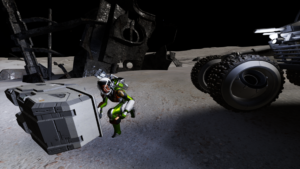
Translation by CMDR Yves21
